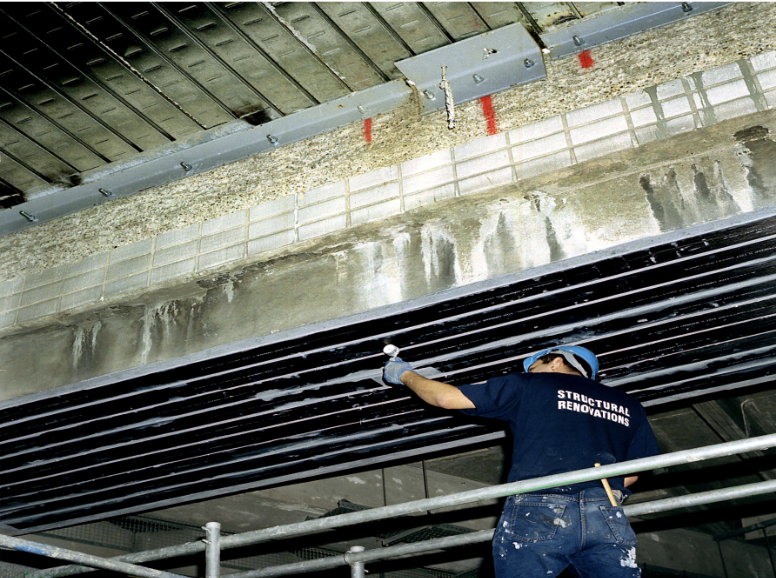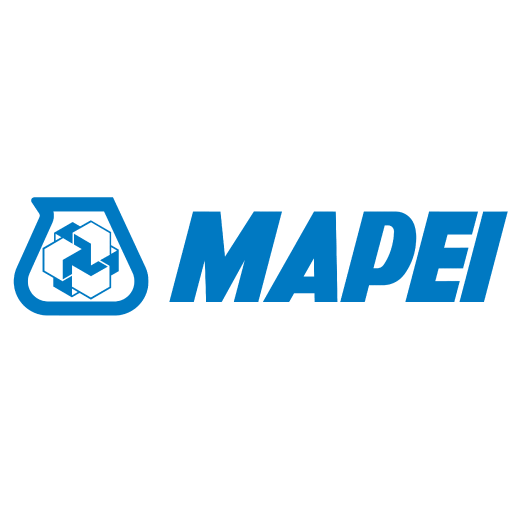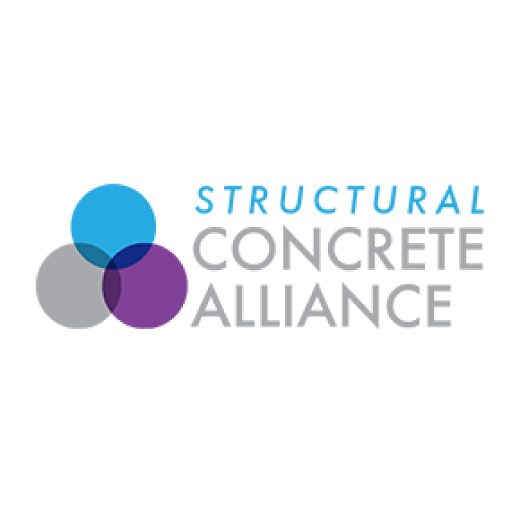Technical Advice:
Composite Strengthening
Traditionally, strengthening of structures involved casting additional concrete, installation of structural steelwork or more recently steel plate bonding; however, all these methods can involve significant increases in dead load, access issues and programme implications.
The introduction of fibre reinforced composite materials has eased many of these problems.
Strengthening with composites is used in a wide range of situations, such as bridge decks to accommodate increases in vehicle weights, floor slabs where there is a change of use, trimming of newly formed holes in existing slabs and to overcome design or construction errors.

Composites come in a variety of materials, each having its own unique property – carbon fibre, aramid fibre and glass fibre.
They are used in the main to provide increased resistance to bending by the bonding of carbon fibre plates with epoxy resin to the top or bottom of slabs.
Wrapping with sheet material embedded in resin is used to improve torsion and shear and can also increase the compressive strength of columns.
Design by a competent consultant familiar with the products available and their properties is paramount and as much information about the existing structure and it’s planned future use must be obtained.
This may involve a limited amount of opening up to establish reinforcement details for example. Much of this work is carried out on a design and build basis for which we can provide assistance.
At site level, prior to the installation of carbon fibre plates, the concrete surface must be prepared to remove the laitance by either grit blasting, needle gunning or planing, followed by vacuum cleaning to remove any dust. At this point the concrete may be tested for adhesion.
A thin layer of epoxy resin is placed on the prepared surface and further resin is placed on the plate by drawing it through a gauge box prior to offering up. The plate is then pressed with a roller to remove excess materials. Samples of the resin can be taken for laboratory analysis for quality control purposes.
With wrap systems the concrete is similarly prepared prior to the application of composite sheets. These can be either a wet system (soaked in a resin bath) or dry (resin applied to the structure followed by the fabric).
Advanced systems are also available for strengthening steelwork using preformed sections of carbon fibre plate.
Ready to discuss your project?
Whatever your project requirements, we’re happy to take on a full turn key service, or assist with those areas you’d like to outsource.
Our team covers London and the South-East.
OUR PARTNERS & ACCREDITATIONS



























